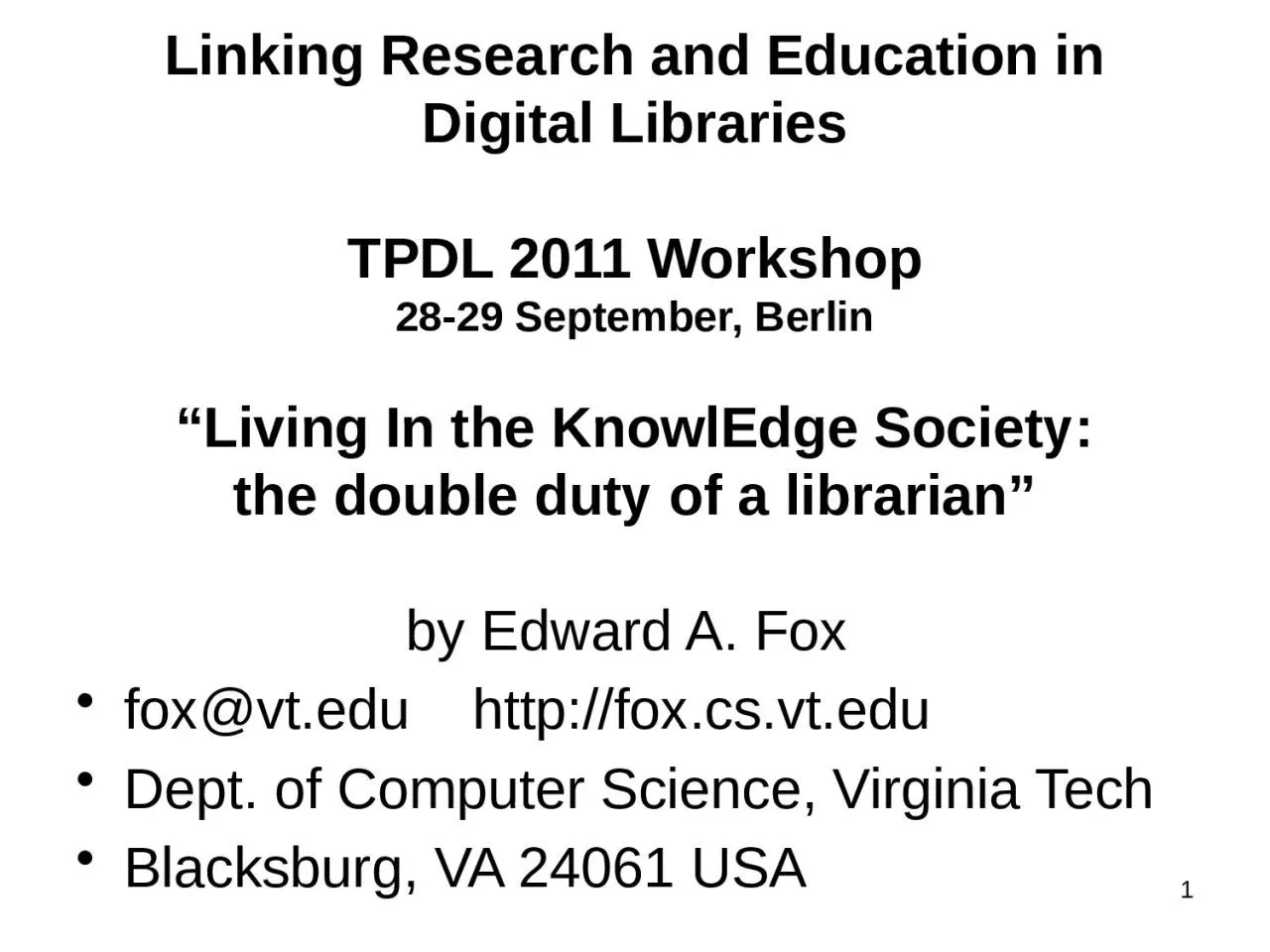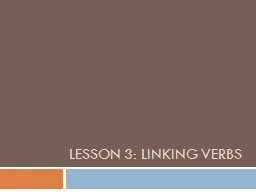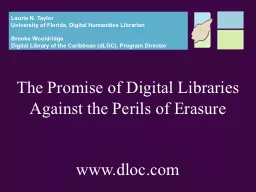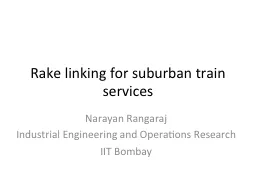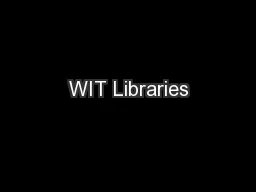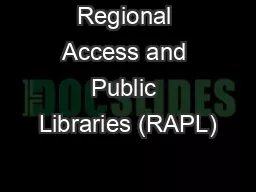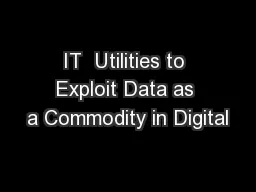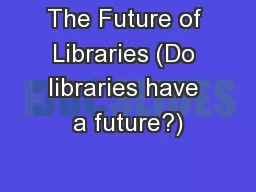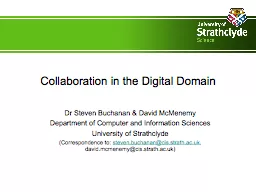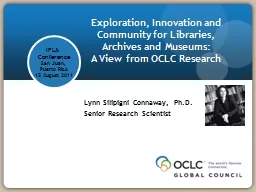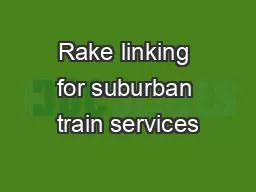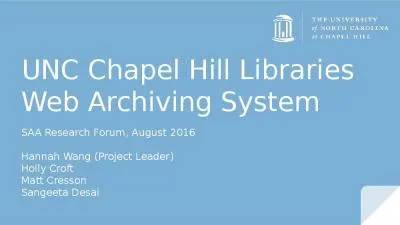PPT-1 Linking Research and Education in Digital Libraries
Author : valerie | Published Date : 2022-06-07
TPDL 2011 Workshop 2829 September Berlin Living In the KnowlEdge Society the double duty of a librarian by Edward A Fox foxvtedu http foxcsvtedu Dept of Computer
Presentation Embed Code
Download Presentation
Download Presentation The PPT/PDF document "1 Linking Research and Education in Dig..." is the property of its rightful owner. Permission is granted to download and print the materials on this website for personal, non-commercial use only, and to display it on your personal computer provided you do not modify the materials and that you retain all copyright notices contained in the materials. By downloading content from our website, you accept the terms of this agreement.
1 Linking Research and Education in Digital Libraries: Transcript
Download Rules Of Document
"1 Linking Research and Education in Digital Libraries"The content belongs to its owner. You may download and print it for personal use, without modification, and keep all copyright notices. By downloading, you agree to these terms.
Related Documents

